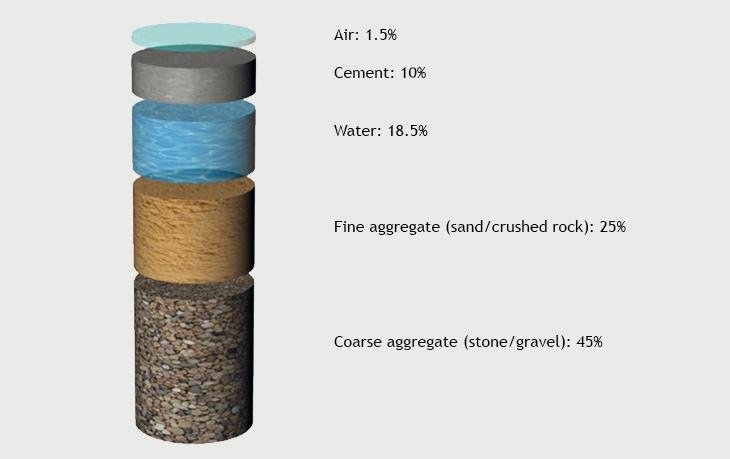In the world of construction and sustainable building practices, a groundbreaking development has emerged that promises to revolutionize the way we create structures: plant-based additives for 3D-printed concrete. This innovative approach combines the efficiency of 3D printing technology with the eco-friendly properties of plant-derived materials, offering a glimpse into the future of sustainable construction.
3D-printed concrete has already been making waves in the construction industry due to its ability to create complex structures quickly and precisely while perhaps reducing labor costs. However, researchers have been continuously exploring ways to enhance its performance and sustainability. Enter cellulose nanofibrils, a plant-based material that has shown remarkable potential in strengthening 3D-printed concrete.
Cellulose nanofibrils are tiny fibers derived from plant matter,often obtained from agricultural waste or sustainable sources.When incorporated into concrete mixtures used for 3D printing, these nanofibrils have demonstrated the ability to significantly improve the mechanical properties of the resulting structures. This enhancement is crucial for ensuring the durability and reliability of 3D-printed buildings, addressing one of the key challenges in adopting this technology on a broader scale.
One of the most exciting aspects of using cellulose nanofibrils in 3D-printed concrete is its potential to amplify the benefits already associated with this construction method. By strengthening the concrete, it allows for the creation of even more intricate and structurally sound designs. This opens up new possibilities for architects and engineers to push the boundaries of what’s possible in building design,all while maintaining a focus on sustainability.
The environmental implications of this development are meaningful. Traditional concrete production is a major contributor to global carbon emissions, but the use of plant-based additives like cellulose nanofibrils can help reduce the carbon footprint of construction projects. These materials are not only renewable but can also be sourced from agricultural byproducts, turning what might otherwise be waste into a valuable resource for the construction industry.
Moreover, the enhanced strength provided by cellulose nanofibrils could potentially lead to a reduction in the overall amount of concrete needed for construction projects. This means fewer raw materials extracted, less energy consumed in production, and a lower environmental impact overall. It’s a win-win situation that aligns perfectly with the growing global emphasis on sustainable development and circular economy principles.
The integration of plant-based additives into 3D-printed concrete also addresses some of the challenges associated with traditional Portland cement-based concrete in 3D printing applications. One of the key requirements for efficient 3D concrete printing is rapid setting, which allows layers to be built up quickly without collapsing under their own weight. Plant-based additives can contribute to achieving this optimal balance between workability and rapid setting times, making the 3D printing process smoother and more efficient.
Research in this field is progressing rapidly, with teams around the world exploring various plant-based materials and their potential applications in construction. For instance, some studies have focused on creating lightweight 3D-printed concrete with notable compression strengths, achieving results that exceed 10 MPa within a density range of 1100–1580 kg/m³. These advancements are paving the way for more sustainable and efficient building practices.
As we look to the future, the potential applications of plant-enhanced 3D-printed concrete are vast. From affordable housing solutions to complex architectural marvels, this technology could transform the way we build our cities and communities. It offers the promise of structures that are not only stronger and more durable but also more environmentally friendly and resource-efficient.
The development of plant-based additives for 3D-printed concrete represents a significant step forward in the quest for sustainable construction methods. By harnessing the power of nature and combining it with cutting-edge technology,we’re opening up new possibilities for creating buildings that are both innovative in design and respectful of our planet’s limited resources. As research continues and this technology matures, we can look forward to a future where sustainable, plant-enhanced 3D-printed structures become a common sight in our urban landscapes, contributing to a greener and more resilient built environment.








